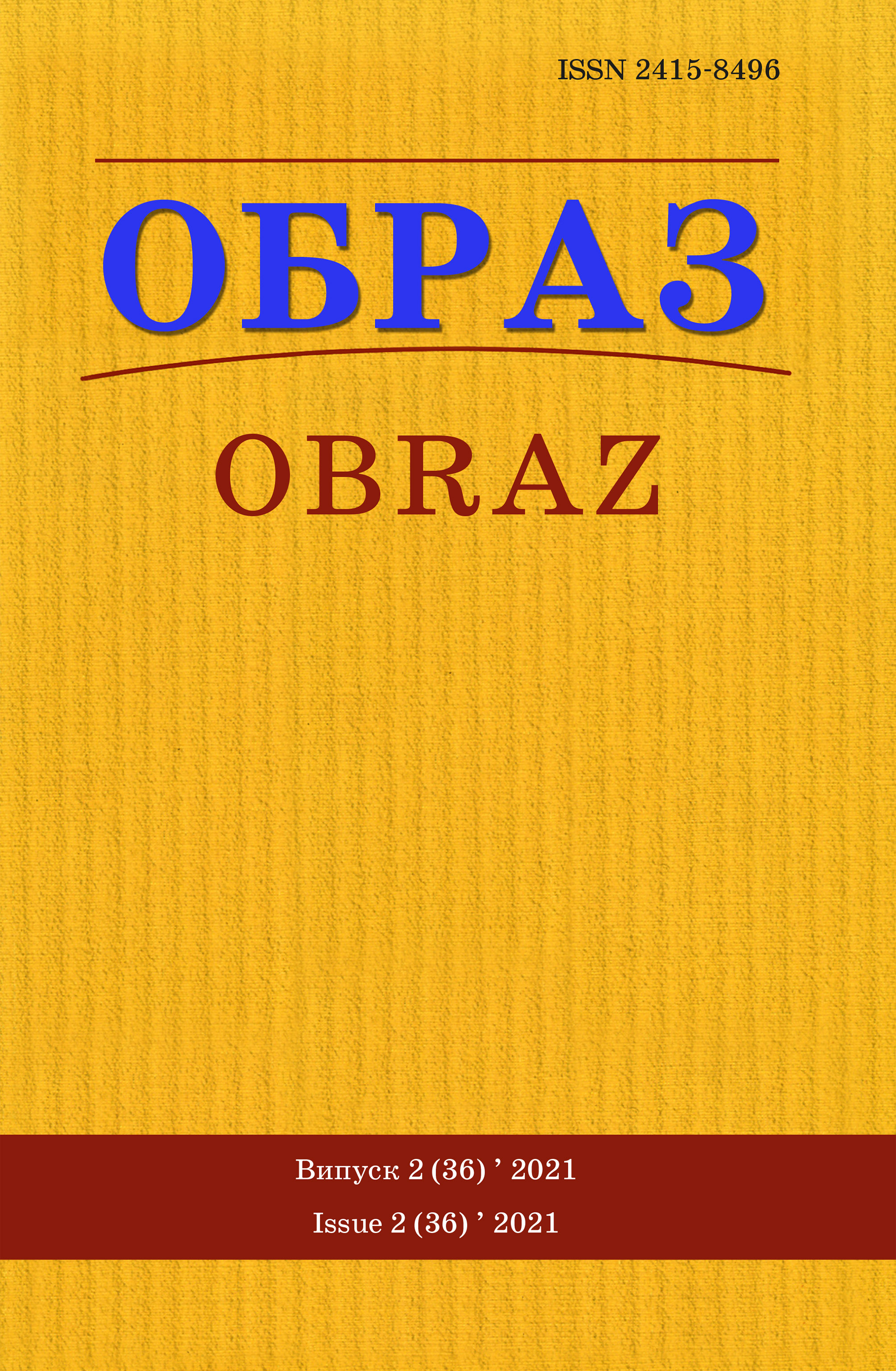Abstract
Introduction. The course «Journalistic Skills» under different names but with the same task, meaning and prospects for implementation in practice, has existed since the founding of the Faculty of Journalism of Kyiv State University. This is the name of the training unit after the end of World War II. Indirect mention of this is found in the thorough works of I. Prokopenko, D. Prilyuk, A. Moskalenko and other. « Journalistic Skills « as a professional discipline also fit organically into the programs of related courses. Methodology. The method of functional-pragmatic analysis was used as the main one, which allowed to bring the theoretical material closer to practice. The method of observation allowed to optimally choose typical examples that illustrate theoretical references. The paper uses the method of monitoring of mass media, because without taking into account the specifics of the current media, it is impossible to form a general idea of the journalistic skills of each member of the creative team. Results. According to the author of the article, journalism, which sometimes becomes a work of fiction unnoticed even by the author, is the highest indicator of journalistic skill. Optimal for the improvement of journalistic skills is the fact that domestic reporters, interviewers, and analysts have started working in a new edition, the team of which is not burdened by traditions and outdated dogmas. The new edition provides not only new opportunities but also the need for more active, finding new ways and methods of presenting information. This is due to the issues of fierce competition, the desire of each of the young, as a rule, the team to prove itself as a professional journalist. Conclusions. Ways to improve your own creative skills can be different, but they can be divided into two directions. The first is traditional. Studying the basics of journalistic skills in higher education. It is necessary to consider the second global direction, which is the practical development of skills and innovations in the technique of writing works. Obviously, it is optimal to organize joint seminars with subsequent seminars of leading Ukrainian publications together with theorists of journalism.
References
1. Fundamentals of journalistic creativity. Programs of educational disciplines (1998), vol. 2, KNU imeni Tarasa Shevchenka, Kyiv, 238 p.
2. Rizun, V.V. (2003), Mass: Lecture texts, Vydavnycho-polighrafichnyj centr «Kyjivsjkyj universytet», Kyiv, 118 p.
3. Prokopenko , I.V. (1959), Report in a newspaper, Vydavnychyj dim «Kyjivsjkyj universytet», Kyiv, 158 p.
4. Goal, J. (2005), Online Journalism, K.I.S., Kyiv, 217 p.
5. Pruluk, D.M. (1973), The theory and practice of journalistic creativity, Vyshha shkola, Kiev, 271 p.
6. Vasilenko, M.K. (2009),»... to learn from Homer»: Polemic notes about the degree of Dominic and Deals in a journalistic text, Kiev, Naukovi zapysky Instytutu zhurnalistyky [Scientific notes of the Institute of Journalism], vol. 37, p.110–114.
7. Woolf, T. (2008), New Journalism and Anthologies in New Logistics, SPb, Amphora, 574 p.
8. «The Villadge», «60% of Ukrainians have not read a single book during the year - poll», available at: https://mi100.info/2019/04/18/60-ukrayintsiv-ne-prochytaly-za-rik-zhodnoyiknygy/.
9. Prykhodjko, Je. «Journalists in politics: from Vadym Boyko to Serhiy Leshchenko», available at:https://wisecow.com.ua/zhurnalistika/zhurnal%D1%96stika-z-mikoloyu-veresnem-tayur%D1%96%D1%94m-makarovim/zhurnal%D1%96sti-v-pol%D1%96ticz%D1%96- v%D1%96d-vadima-bojka-do-serg%D1%96ya-leshhenka.html.
10. Vasilenko, M.K. (2010), Organization of printed publications. Note Practice, Vyd-vo LGhU imeni Tarasa Shevchenka, Lugansk,219 p.
11. Ivanov, V.F. (2010), Fundamentals of the theory of mass communication and journalism, Centr Viljnoji Presy, Kyiv, 258 p.

This work is licensed under a Creative Commons Attribution 4.0 International License.

